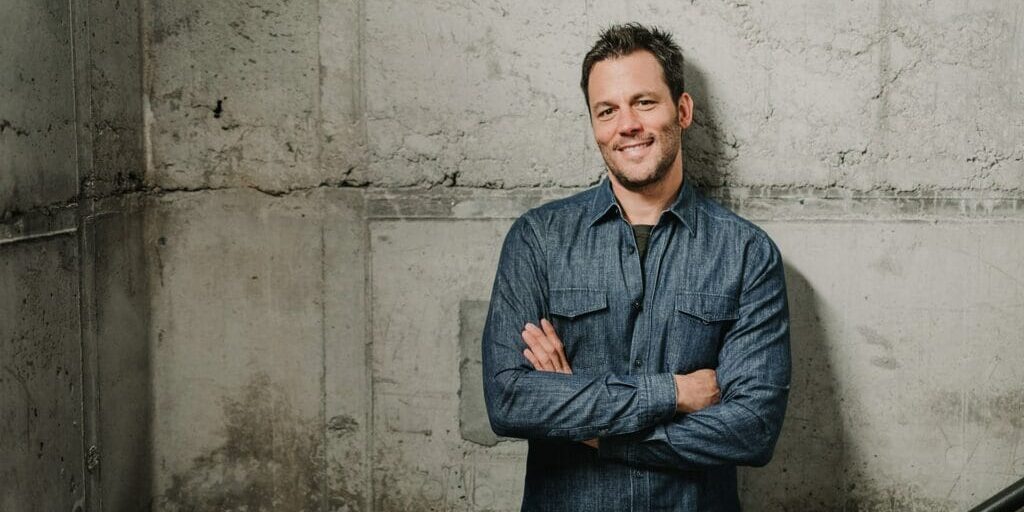When I lace up, it’s always Nike. Always. Prior to my men’s basketball league retirement, I was playing in Jordans. I bought them right out of Dick’s Sporting Goods. Today’s athlete doesn’t do it quite like that. Nope, that’s old school. My nephew, for example, designs his own pair of custom Lebron, Kobe or KD kicks. That is “Nike By You,” and it’s a big part of the iconic brands strategy to play offense and “disrupt itself” to drive growth over the next decade.
Nike’s plan for growth, called the Triple Double Strategy, is working. Recognizing that the future of retail would be vastly different from the era that fueled its rise to dominance, Nike drastically reduced its distributor partnerships and invested in its direct-to-customer program, the Nike Consumer Experience (NCX).
NCX is paying off. Nike’s stock has risen 73% since implementing the strategy, and its digital revenue is up 43%, all of which the company credits to the direct-to-consumer push. It is through the NCX that the company is feeding its 2X Innovation and 2X Speed initiatives. At a time when most big international companies would be doubling down on what made them successful in order to defend their turf, Nike is going on the offense in a “disrupt yourself” way to propel the company faster and further into the future.
Nike’s disruption of itself is a perfect example of the concepts serial entrepreneur and author Charlene Li presents in her book “The Disruption Mindset: Why Some Organizations Transform While Others Fail.”
In the book, Charlene shares why she thinks focusing on growth is so important, and why it’s the ultimate driver of healthy disruption. “I have a mug on my desk that reads, ‘Life begins at the end of your comfort zone,’” she explained in a conversation with our team. “It’s a reminder to myself that this is where growth happens.”
You’re Never Too Big to Innovate
Disruption is often associated with new players in a market, hotshots who bring a revolutionary idea to the customer. We’ve seen examples of this, of course, but disruption does not necessarily come from plucky new businesses that are still working out of a garage or coworking space, Charlene says. In fact, more established organizations enjoy the benefits of built-in resources to help them disrupt the market. “Think about it. What does an incumbent have?” asks Charlene. “They have cash, they have a brand, they have customers, the talent’s already onboard. A startup has none of these things.”
If you apply a growth mindset to these advantages, innovation can flourish at scale. But creating this kind of culture is not just about looking for innovative ideas. It requires focusing on moving beyond the traditional models and methods of growth to create new opportunities in the marketplace. Case in point: Nike. As part of their direct-to-customer push, has invested in apps and digital analytics, so that they can get more accurate data on what customers want. This helps them serve the customer better — and uncover new opportunities in the market to continue expansion.
So why don’t more organizations do this? The answer, Charlene says, is complacency. Too often, Charlene says, organizations are content with simply meeting their numbers. But disruptive leaders think differently, Charlene says. They understand that continuous reinvention is necessary to grow their business, so they set goals that don’t just leave them satisfied. Instead, they set goals that go beyond the status quo. “Disruptive leaders go, ‘Here we are today, and we’re growing at X percent. What if we could grow 2X percent?’” Charlene says.
It’s a great thought experiment I’d love to take a few steps further. As you push yourself towards growth, ask yourself these questions:
- What would it look like to grow your business 5X times? Or even 10X?
- What would you do differently if you were starting this business today?
- If you wanted to compete with your business directly and capture market share, how would you attack?
These are questions that can help you frame up thinking about growth. When accompanied by real self-awareness and the willingness to confront the answers head-on you are well on your way to playing offense too.
Think About Your Future Customer
A critical component of focusing on a growth-minded, disruptive mindset is to have your feet in two worlds. Not only should you be thinking about your current customer, but also your future customers.“If you’re targeting your future customer, you’re building your business for the next 18 to 36 months on what’s happening today,” Charlene explains. “The minute you step into tomorrow, you’re already looking at the path.”
However, Charlene says, few people are thinking that far ahead. “I call it the curse of the installed base,” she says. “They think that’s where their business is, but actually the higher up you are in your organization, the more you need to look up to the future.”
Of course, that isn’t to say that you should ignore your current customers. As you continue to meet their needs, technology is also allowing you to gather data on your future customers more efficiently. Technological advances such as artificial intelligence can help you better identify future customers, and as you grow your business, you can get more insights that will help you grow even more.
And for larger organizations, this data is what can differentiate you from those trying to take your share of the marketplace. Because you have a larger data set, you will have an advantage in identifying the factors that help you get new customers. “This is the real power of being an incumbent,” says Charlene, “whereas startups are still trying to figure out how they keep the lights on.” In other words, that Nike App you just ordered your shoes from isn’t just providing you more customized recommendations. It’s also making sure upstarts remain behind.
Growth Hurts — and That’s the Point
Finally, Charlene has a reminder. “Any time you’re going to grow, get better and prove yourself, it’s painful,” she says. No matter how prepared you think you are — or how much data you have or how confident you are in your goals — things are going to be difficult. You will have to become comfortable being uncomfortable.
But remember, just as we need to grow as people, so does your business. Charlene points to athletes and artists, who have to push themselves every day in their work. “They go out every day and try to improve themselves,” she says. “They fall down, they fail, and they keep coming back and trying again.”
In fact, the most accomplished artists and athletes are often the very same people working the hardest to get better. That’s what “Just Do It” is all about! Growing pains are exactly the struggle you should embrace! Not only will an obsessive growth mindset help you innovate and safeguard yourself from the competition, but you might find something else, too. “It’s gratifying to push past your comfort zone,” Charlene says. “The only way you grow is to challenge yourself, fail, then succeed.”







